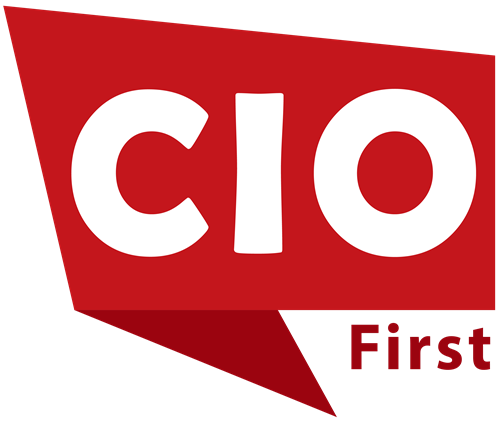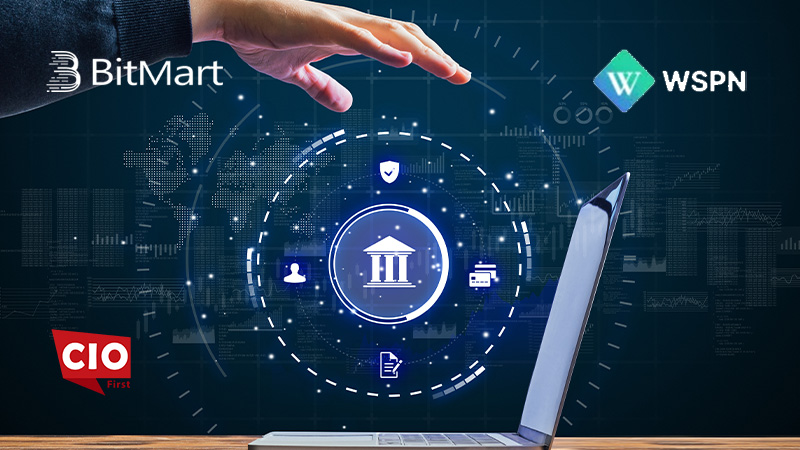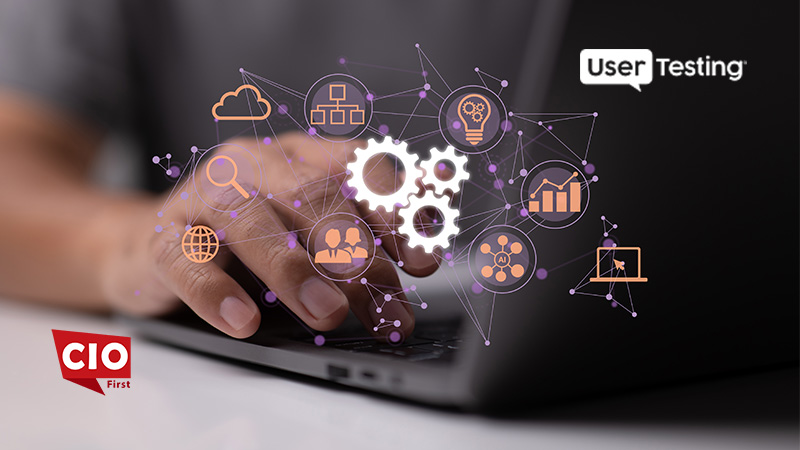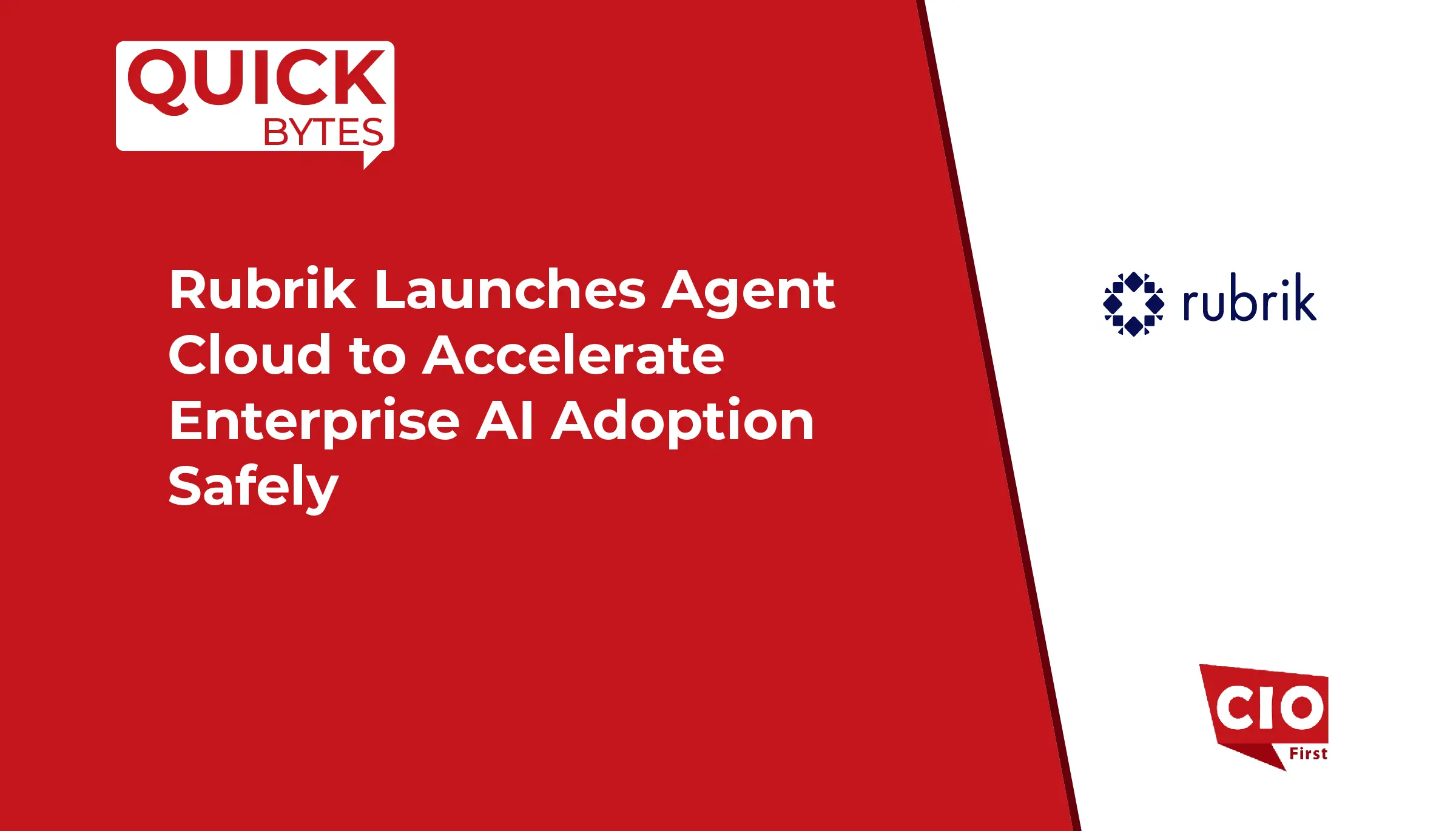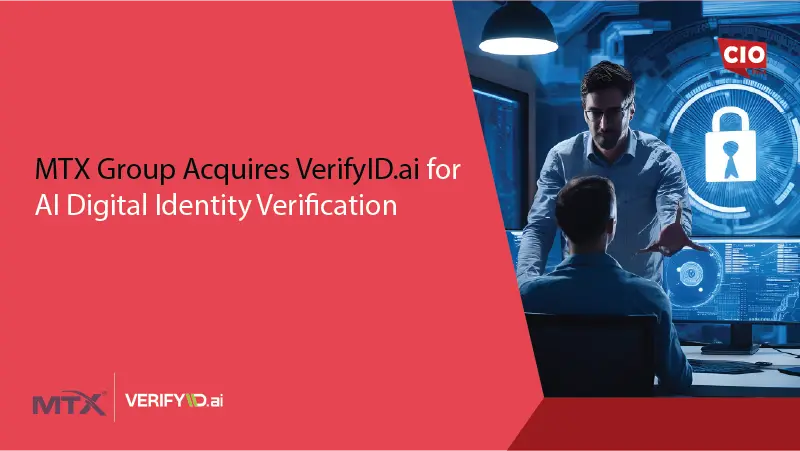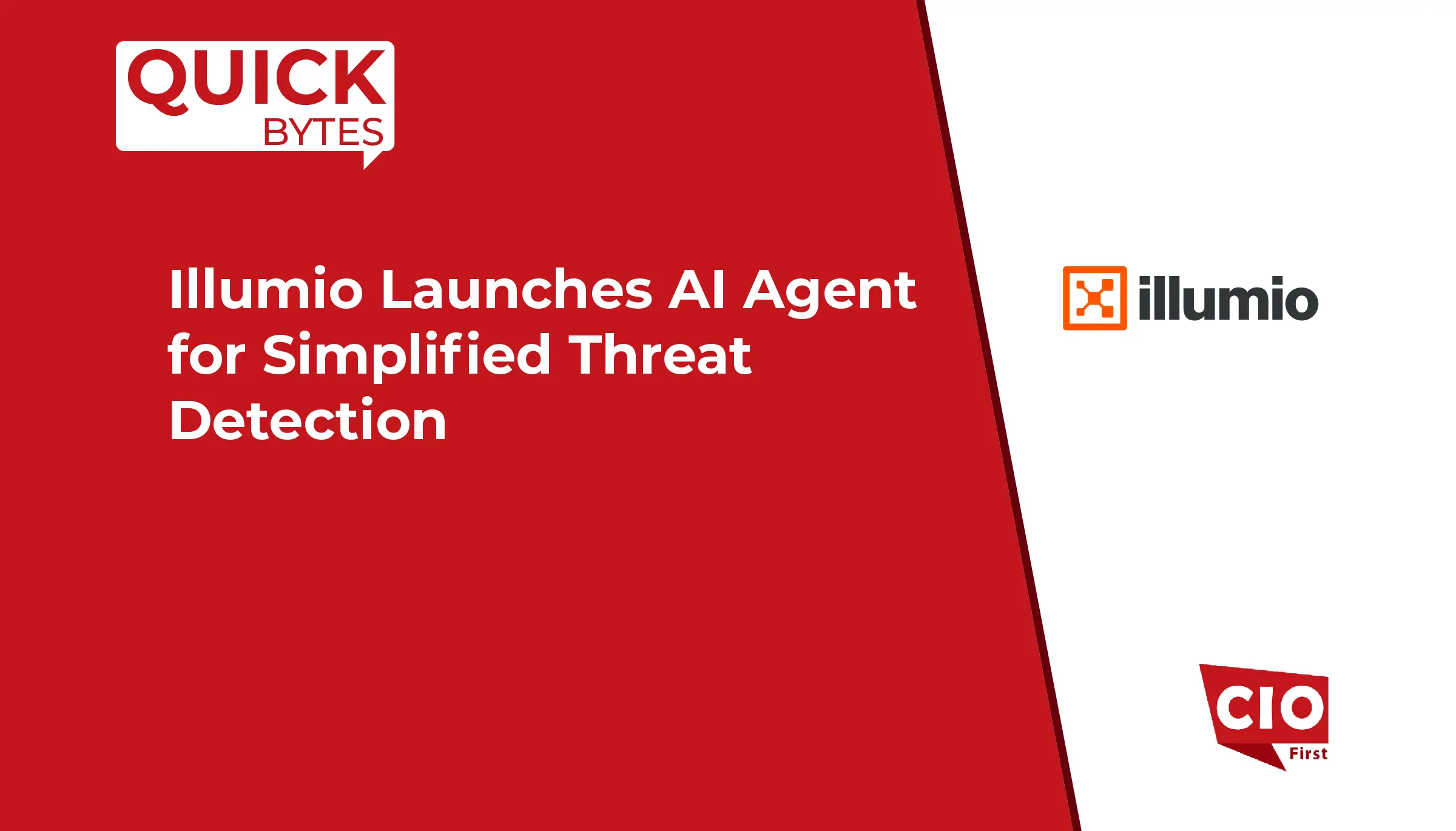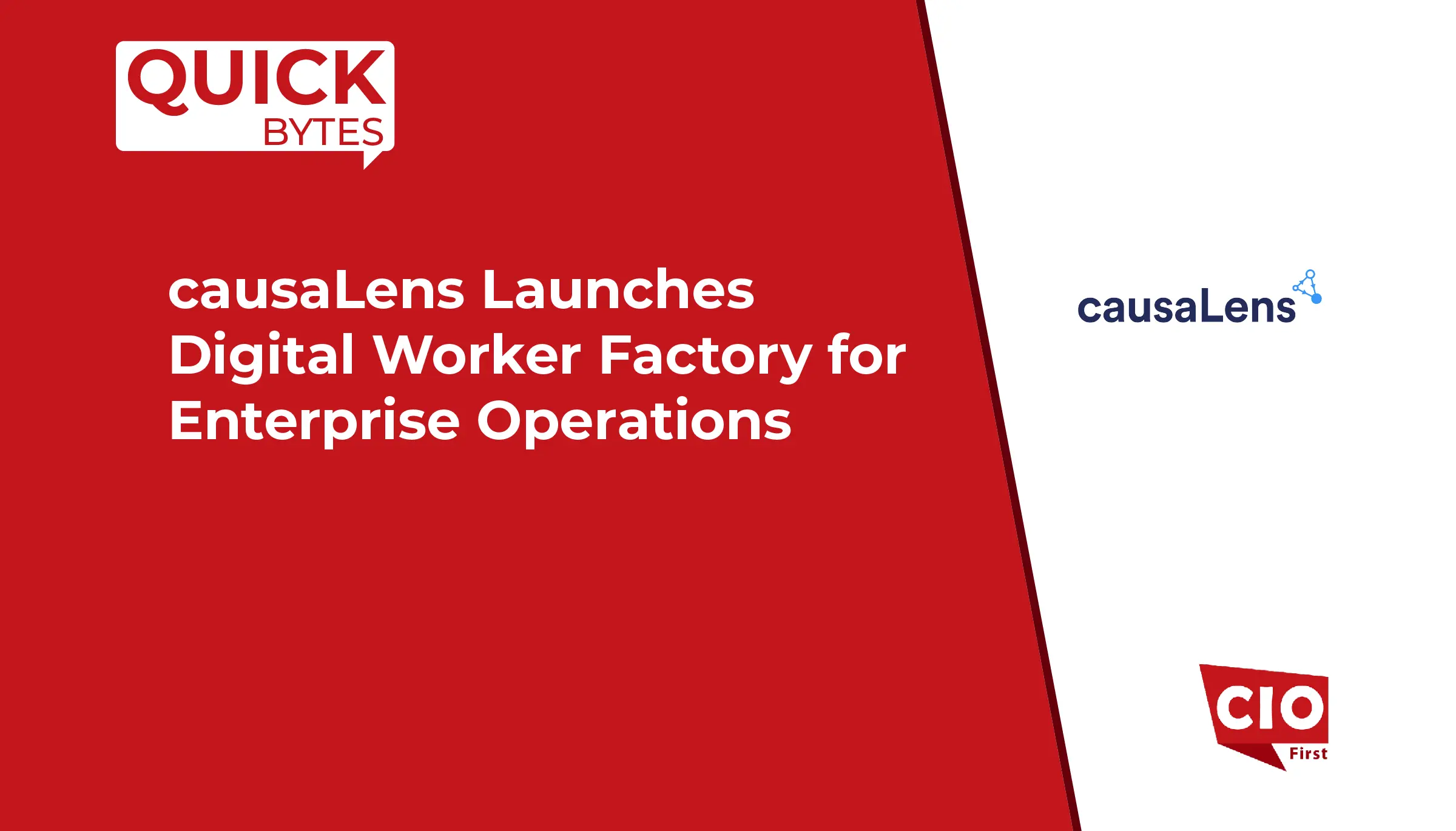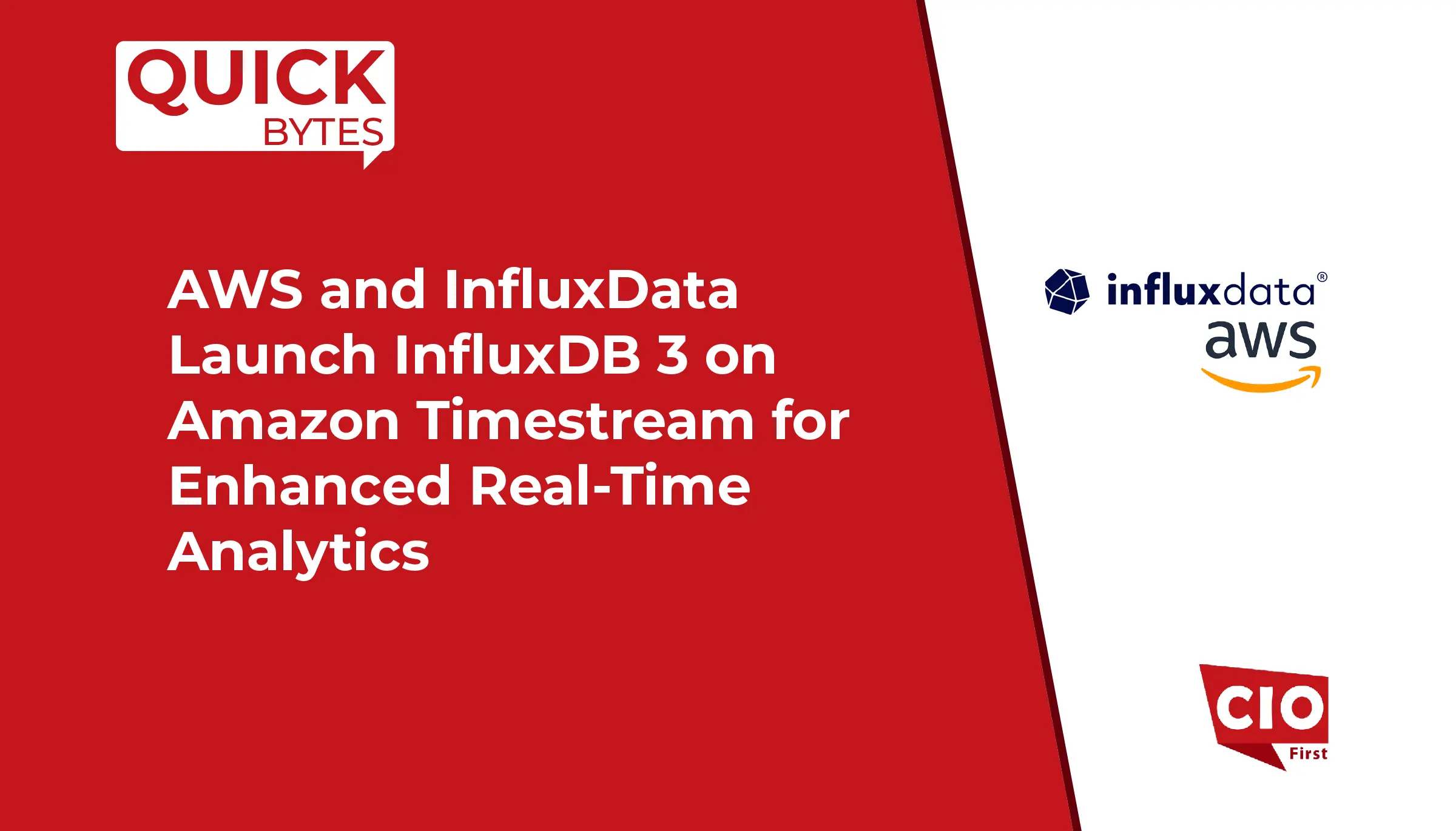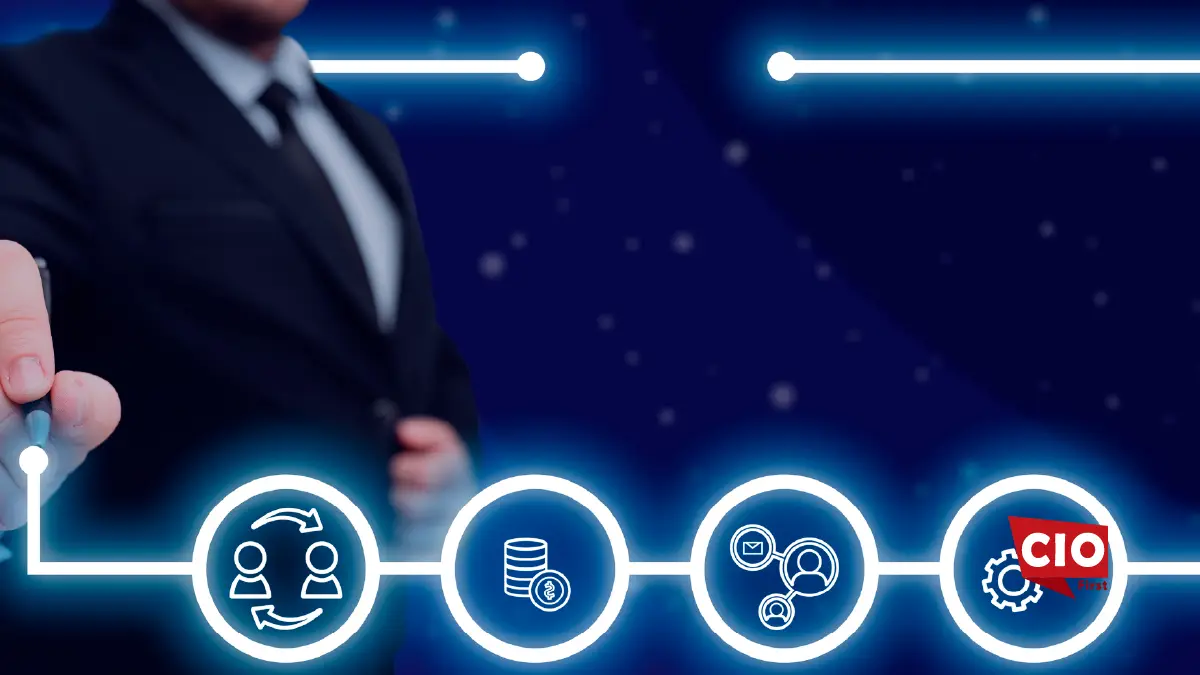Imagine this: You’re a sales rep trying to handle a bunch of deals at the same time. You miss a few important details on a key contract. Deadlines slip. Compliance issues pop up. And before you know it, almost half the contract’s value is gone.
That kind of mistake can be expensive. And it happens more often than you’d think. A recent KPMG report says up to 40% of a contract’s value can be lost because of poor contract management.
Fixing how you handle contracts isn’t just about staying organized. It’s about creating a smooth, repeatable process. One that helps you work faster, stay compliant, and grow your business. Modernizing contract lifecycle management (CLM) is becoming a key priority for CIOs and CTOs who want to streamline operations and reduce risk. Let’s explore more about CLM in this ultimate guide.
What is Contract Lifecycle Management?

From execution to renewal or expiration, contract lifecycle management (CLM) is the process of monitoring and controlling all aspects of a contract for performance, compliance, and other success factors. When a contract is suggested or requested, the management process itself starts. It continues until the promised good or service is delivered and the contract is renewed. Establishing a robust CLM procedure aids businesses in keeping a methodical strategy to agreement management, which can reduce risk and raise the likelihood that significant contracts will function as planned.
Importance of Contract Lifecycle Management

Strong, dependable CLM is crucial for several reasons. In addition to the compliance, simplification, and paper reduction that automated CLM offers, it can also be a huge help in the event of litigation. In the event of a disagreement, litigators can easily trace the trail of information thanks to a centralized, digital location of contractually essential papers. As a business partnership progresses, the ability to quickly identify relevant clauses and source materials will give all parties much-needed peace of mind.
The value of the time saved by using automated CLM is still another excellent advantage. Nobody enjoys wasting time on monotonous, repetitive jobs. Like the majority of legal and business aspects, contract creation and management involve a number of duties that do not fully call for the experience and expertise of many of the people assigned to their generation. If those people are using their skill set for higher-value jobs, they are far more valuable and useful. This is arguably the biggest advantage of efficient automated CLM. It enables companies to manage their resources more effectively.
3 Stages of the Contract Lifecycle Management Process
To make sure that your contracts are effectively drafted, negotiated, and authorized, it is imperative that you comprehend the CLM process. Let’s discuss the components of each stage.
Stage 1: Contract Creation
Draft your contract first. To guarantee compliance and alignment with business objectives right away, employ templates that include pre-approved clauses and conditions. Your team may, for instance, employ a standardized template that has predetermined service level agreements (SLAs), price structures, and all legal requirements. With templates, you can easily customize things like customer information and the scope of services without having to start from scratch every time.
Negotiations begin after the contract is drafted. Here, the terms are reviewed and modified in light of input from the client, legal, and finance. Every modification is tracked via effective CLM, making it simple to document and monitor any changes a customer makes to the SLA or terms of payment. This openness can speed up agreement by assisting all parties in understanding how the parameters have changed. The contract must then be forwarded internally for approvals; however, this can also be done with CLM automation.
Stage 2: Execution
After all parties have accepted the parameters of the agreement, the contract is sent for signatures, electronically, of course. This is the stage of the contract’s execution. For the contract to be accessible to anyone who would require access in the upcoming stage or stages, it is also advised to have a good storage solution in a central, easily accessible repository.
Stage 3: Post-execution (delivery)
Once the contract is operational, the last phase of the contract lifecycle entails monitoring performance and compliance with the terms of the agreement. This guarantees that responsibilities are fulfilled and determines when audits or renewals are required. This is among the most important and beneficial tasks that a quality CLM solution can assist with. Additionally, this stage of the contract lifecycle generates the essential analytics.
Also Read: How Cloud Migration Future-Proofs Your Business Against Unpredictable Disruptions
8 Best Contract Lifecycle Management (CLM) Software Tools
For improved contract management, the following are the top CLM software programs:
1. Icertis Contract Management
Icertis offers a wide range of CLM features. This includes things like compliance, audit history, and other compliance tools. It also works well with major systems like CRM, spend management, and ERP platforms. The platform helps you spot issues or risks in a contract early. That way, you can take quick action to fix them. It also has a dashboard that shows risk levels. It uses both your internal data and outside sources to do this.
2. SirionLabs CLM
SirionLabs, a CLM software provider with more than 5 million contracts under its belt and users in more than 70 countries, has the highest ratings of any provider in nine categories, including metadata extraction, intelligent apps, KPI modeling, and the capacity to model intricate financial information and structures within a contract. SpendMatters claims that SirionLabs outperforms benchmarks for analyst functions.
3. DocuSign CLM
DocuSign is a big name in the CLM world. It has over 1 million paying customers and 1 billion users around the globe. More than 3,000 government agencies, including federal, state, and local, use it. Many top Fortune 500 companies also rely on it, especially in tech, banking, and healthcare.
Both its eSignature and CLM tools are approved at the FedRAMP Moderate Impact Level. That’s a government security standard, even used by the Department of Defense.
4. SAP Ariba Contracts
In order to help suppliers and buyers save time and minimize errors, SAP Ariba specializes in developing core templates and unified terms that provide repeatable, consistent conditions.
In addition to automating and speeding up CLM from beginning to end, the solution helps its clients manage internal agreements, IP licenses, and contracts for sales and procurement. Additionally, it employs pre-approved templates and terms to rapidly and easily establish contracts.
5. Conga Contracts
In addition to having a strong customer retention rate (nine out of ten clients renew with them), Conga Contracts has been the most downloaded paid CLM app for ten years.
It works right inside Salesforce and gives you everything you need to manage contracts from start to finish. In 2021, it was named a Leader in the Gartner Magic Quadrant for Contract Lifecycle Management. It also got the same recognition in the IDC MarketScape for cloud-based contract tools. It helps you spot issues or risks in a contract early. That way, you can act fast and fix them. There’s also a dashboard that shows risk levels using both your internal data and outside sources.
6. Salesforce Revenue Cloud
With Salesforce Revenue Cloud, businesses can automate all aspects of their pricing, quoting, and configuration processes, including CLM. This creates a single, cohesive system for all customer interactions that are directly connected to their CRM. Three SFDC products are part of Salesforce Revenue Cloud: Salesforce Subscription Management, Salesforce Billing, and Salesforce CPQ.
7. LinkSquares
Over 400 legal teams at mid-to-large firms, including well-known brands like TGIFridays, Cogito, and Wayfair, have used LinkSquares to attract clients and advance their business more quickly. LinkSquares Finalize is another feature it provides. It gathers important information from all of your contracts, provides real-time reports for your whole legal portfolio, and safely saves each contract in a single online location.
8. Oneflow
With features including personalized templates, real-time negotiating capabilities, and comprehensive audit logs, Oneflow offers a comprehensive platform for digital contracts. As is customary, signed contracts are safely stored for convenient access, complete with capabilities for document filtering and lifecycle management. Workflows can be automated, which helps users save time and keep control over the contract process.
Additionally, the platform offers comprehensive permission settings for documents, templates, and workspaces without any restrictions. Users can alter the settings to fit their requirements, which guarantees effective contract administration and seamless communication.
Final Thoughts
Organizations may lower contract risks, ensure regulatory compliance, assess contract performance through audits, and stay organized throughout the contract process with the help of contract lifecycle management. Any firm may save a lot of money and time by implementing an effective CLM.
